The results of the Harvard Public Opinion Project's new poll reveal a democracy at risk. The 2012 election might bring the lowest youth voter turnout since 18-year-olds were allowed to vote in 1972. Our democracy is at risk and we must do something about it.
Our poll of over 2,000 young people from across the United States found that 59 percent of young people ages 18-29 are likely to vote in the upcoming election. Our polling from 2010 and 2008 found a gap between the likelihood of voting and actual turnout of 19 and 25 points, respectively.
If these point gaps, between youth likely to vote and those who actually voted in 2010 and 2008, are applied to our most recent findings, the optimistic estimate is that 40 percent of young people will vote on November 6. The most conservative estimate is 34 percent. This election might very possibly have a lower youth voter turnout than the 39.6 percent of young people who turned out in 1996, the year with the lowest youth turnout on record.
The turnout projected follows a decline in engagement we have seen in both parties since 2008. In this election cycle, the number of enthusiastic Obama supporters excited, likely to volunteer, and closely following the election are below the number of both Obama and McCain's enthusiastic supporters in 2008. This isn't a partisan narrative. We see a similar trend in Republican enthusiasm from 2008 to 2012.
Why have we gone from record-breaking youth turnout and enthusiasm to possibly the lowest levels we have seen in years? What can we do to fix it?
The answer lies partially in political engagement. In 2008, 43 percent of young people considered themselves politically engaged or active. In 2012, that number was 25 percent, higher than the 18 percent low in the fall of 2010.
Political engagement is important because 87 percent of the young people likely to vote this fall are politically engaged or active. Only 6 percent of young people planning not to vote consider themselves politically engaged and active.
Elected officials of both parties can't simply look to young people to turn out in election years, they must engage young people during the other three years by providing civic education opportunities in Washington, in the community, and in the classroom. This will increase the number of young people politically engaged and active and thus the number of young people voting.
Yet, the most recent National Assessment of Educational Progress Civic Assessment found that over two thirds of students were below proficient in civics: a problem neither Democrats nor Republicans have addressed. In fact, we have seen cuts to civic engagement programs targeted at youth.
Congress eliminated all 37 million dollars of funding for civic education and all 119 million dollars of history education funding. The federal government's entire support for history and civics was zeroed out. Included in these cuts were the "We The People" program which provided over 30 million students with an introduction to the constitution and a competition which challenged their understanding of the founding principles of our democracy.
Additionally, Congress ended the Learn and Serve America program, cutting 39.5 million dollars for that funded service-learning, civic education, and community-engagement programs in schools.
Finally, the House of Representatives shut down the Congressional Page Program marking the end of young people's unrestricted access to the U.S. House of Representatives. Young people will not become politically engaged and active unless there are local and national programs that introduce them to policy, politics, and government.
There are some bright spots. Under Secretary of Education Martha Kantar commissioned a report entitled "A Crucible Moment: College Learning and Democracy's Future" and launched a new civic education initiative at a White House summit on civic education this January.
I am part of a group of young people with a proposal to create a Presidential Youth Council that has bi-partisan support from 7 members of congress and over 100 organizations.
Congressman Tom Cole (R-OK) and Congressman Mike Honda (D-CA) introduced the "Sandra Day O'Connor Civic Learning Act" which would provide 30 million dollars of funding to the Department of Education for grants to promote civic learning and civic engagement.
Even so, all of these efforts lack the funding and the political support to prosper. Unless we want to continue to worry about less than 40% youth voter turnout, we must invest in civic education and politically engage our young people.
Our nation only succeeds if our democracy is vibrant, our children are engaged, and youth are voting. Our democracy is at risk. Help give it a wake up call.